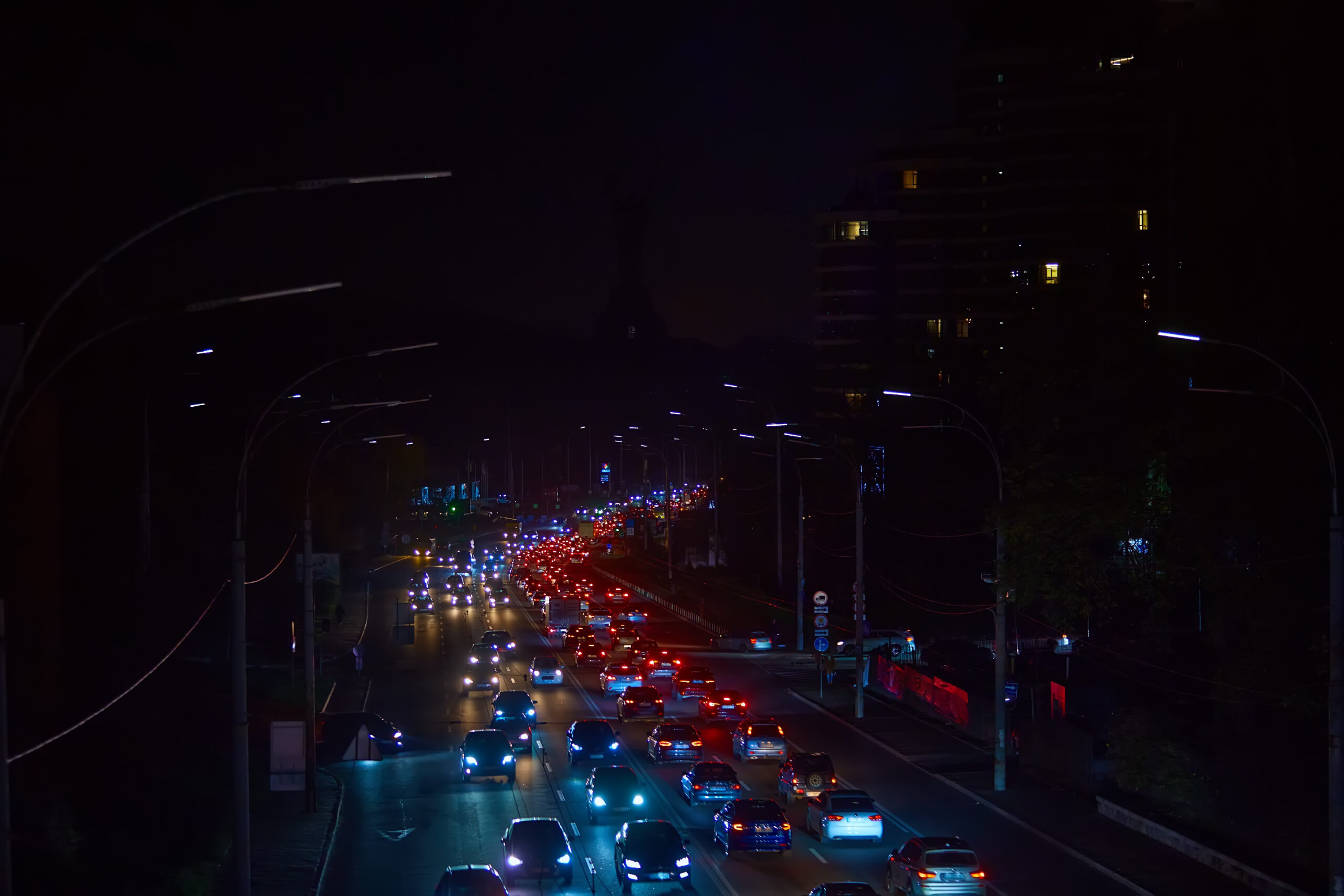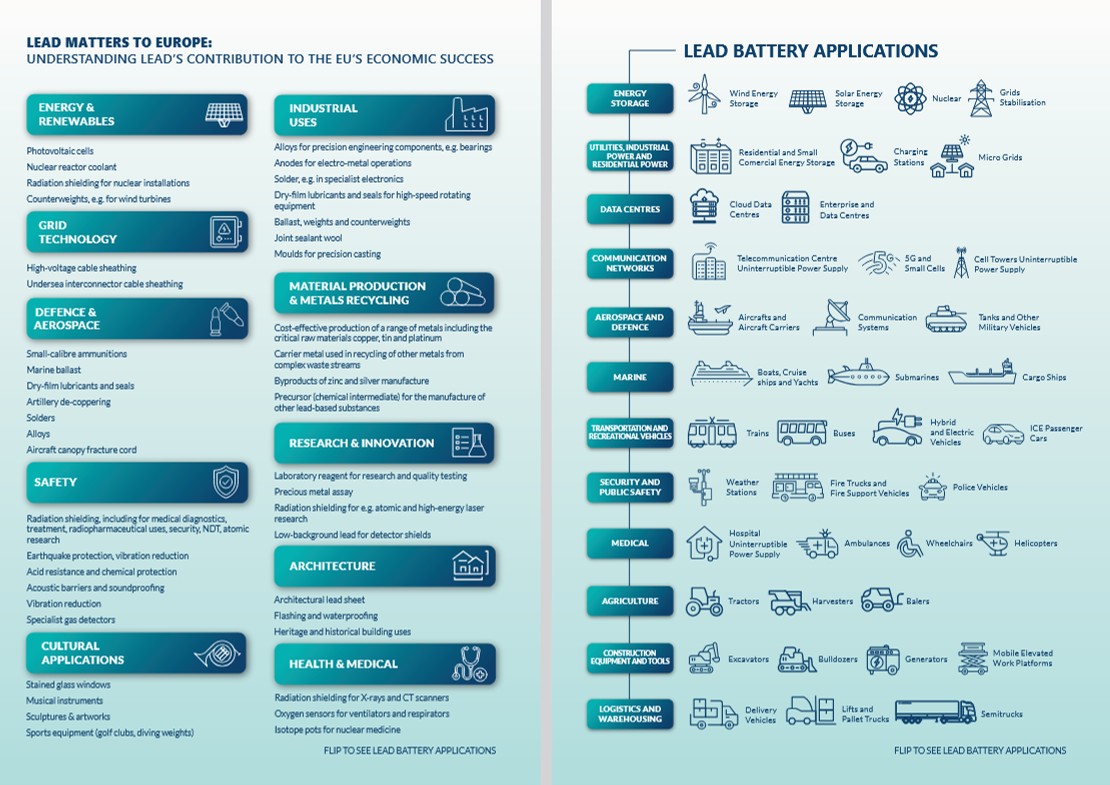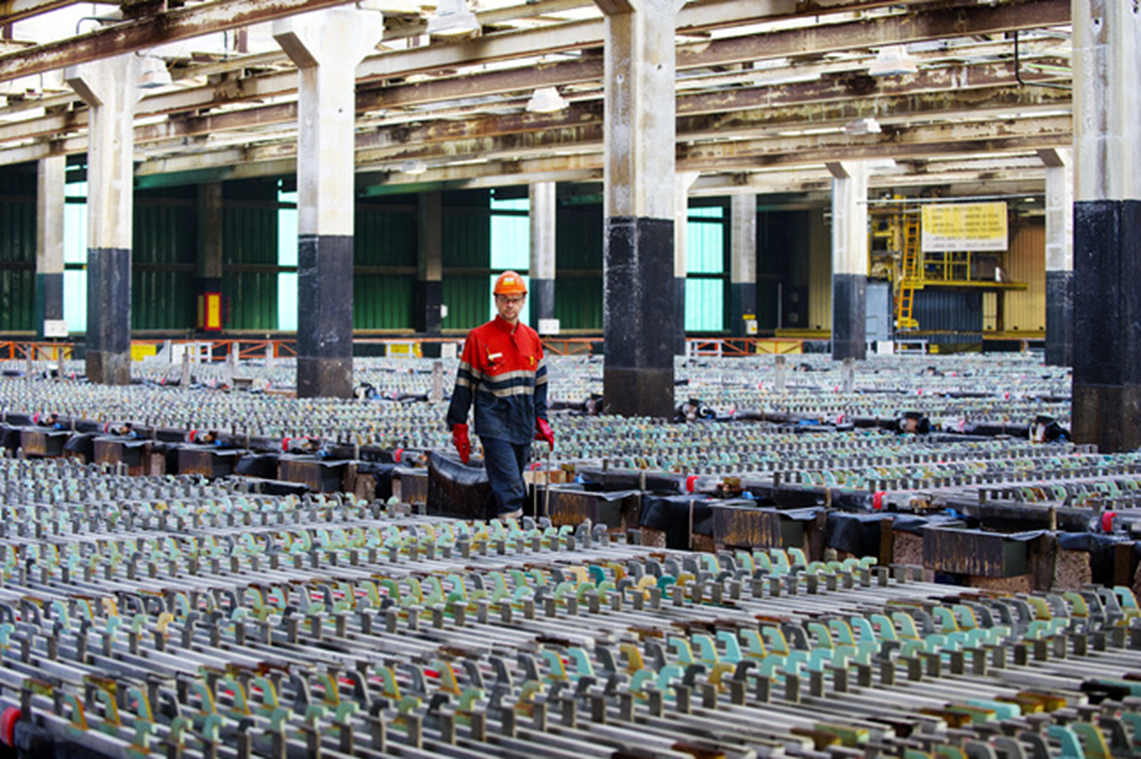The massive power cut in Spain and Portugal earlier this year could become a regular feature of modern life unless more is done to support Europe’s power networks and prevent blackouts.
The ability to restore part of an electricity grid and achieve what engineers call ‘black start’ is becoming increasingly essential for industry and wider society.
Traditionally, black start capability is provided by diesel generators, but battery energy storage systems (BESS) are increasingly being used.
BESS enables grid resilience, faster recovery, and cleaner startup power. Microgrids can also provide local reliability and generation to help restore a blacked-out system from the bottom up.
Lead batteries play a key role in traditional, microgrid, and BESS black start capability – they start generators, they are a key component of many microgrids, and they are the dominant battery chemistry for black start.
According to a recent KPMG report, lead batteries provide the best fit for BESS black start out of a range of battery chemistries[1], an application where safety is key and discharge time, power capability, and cost are important performance characteristics.
In the United States for example, the North American Electric Reliability Corporation operates as a regulatory authority, mandating that the U.S. grid has two black start facilities per regional transmission organisation (RTO). There are thousands of RTOs – and almost all use generators and lead batteries for black start.
And in Europe, lead battery systems for black start are incorporated into almost every EU substation.
Lead batteries remain the best battery choice for black start systems because they can deliver the high surge of current needed to start a power plant or other critical equipment. They are also durable, safe, tolerant of extreme temperatures, reliable in harsh and demanding environments, as well as affordable, available at scale, and stackable – and they have a long history of proven reliability. While their energy density may be low, lead batteries have high power density, meaning they can provide a lot of power over a short period – exactly what is needed for the black start process.
Europe is a centre of excellence for manufacturing advanced lead batteries used in black start, with the added advantage that they are fully recycled at the end of life. More than 80 per cent of an average new lead battery is composed of recycled materials. This closed-loop and circular economy, supported by a network of recyclers across 18 EU Member States and the UK, provides domestic raw material security and over 30 000 direct jobs.
Case studies highlighting lead batteries in black start applications:
[1] The KPMG report considered lithium-, lead-, sodium-, nickel-, vanadium-, and zinc-based batteries)








